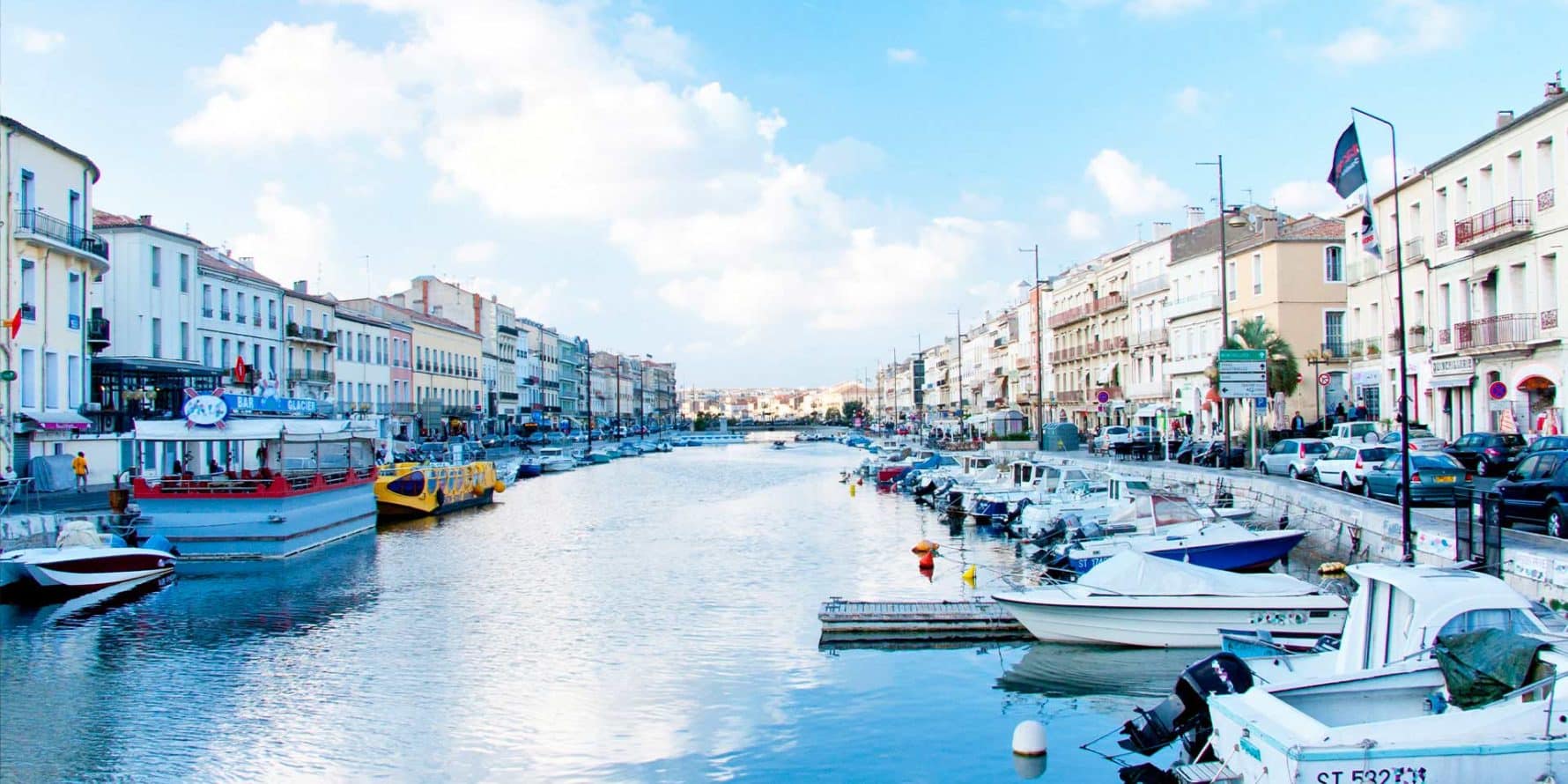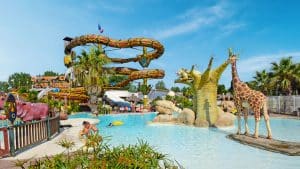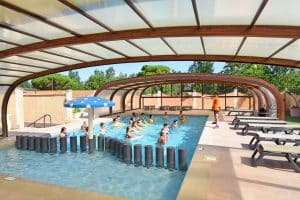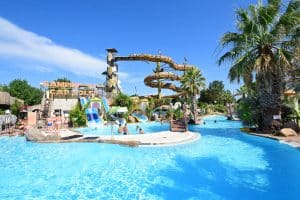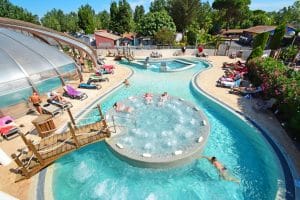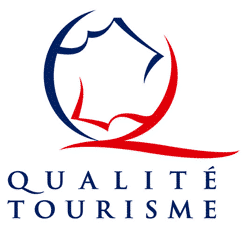Louis XIV decided to offer a maritime outlet to the Canal du Midi. Thus was born Cette, celebrated by nautical jousts that have become inseparable from the city. This port made its wealth thanks to the wine trade. It has since become the largest fishing port in France in the Mediterranean.
The spelling of the name evolved over time, to finally become Sète, by ministerial order, in 1928.
The urbanization and the architecture of the city testify to the wealth of the past. A particular breath has inspired great writers, poets, singers (Paul Valery, Jean Vilar, Georges Brassens…) as well as painters who exhibit all over the world.
SOME RECOMMENDATIONSTO DISCOVER SÈTE
- Climb to the top of Mount St. Clair (by foot or by car), for a breathtaking panoramic view of the city, the coast and the hinterland.
- Stroll while discovering the heritage of Sète, thanks to the fourteen panels that await you on each emblematic site of the city.
- Immerse yourself in the atmosphere of the covered market, meet the fishmongers, fishermen and local producers, a real pleasure! (halls open in the morning only, closed on Mondays).
- Take part in one of the guided boat trips. You can choose between the ports, the sea and the rocky coast or the canals, the Thau lagoon and the shellfish farms.
- Visit the Georges Brassens space: the poet-musician guides you through the museum tour using headphones.
- Discover painting and poetry, in a rather classical version at the Paul Valéry Museum or in a more whimsical version at the MIAM, the astonishing International Museum of Modest Arts.
A MUST-SEE : an evening at the Théâtre de la Mer
This old fort, converted into a theater in the early 1960s, is an incredible open-air amphitheater. The greatest international artists have performed there for the pleasure of playing with the sea as a backdrop. Fairy-like and unforgettable if you attend during your stay at Cap Soleil!
